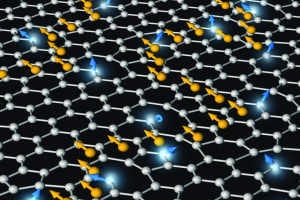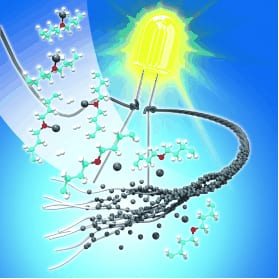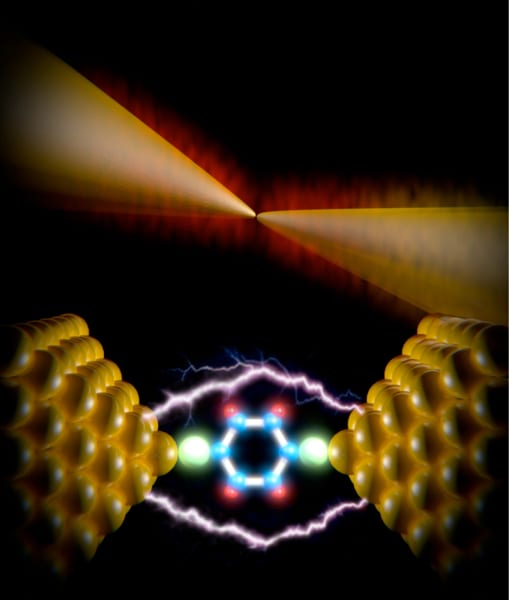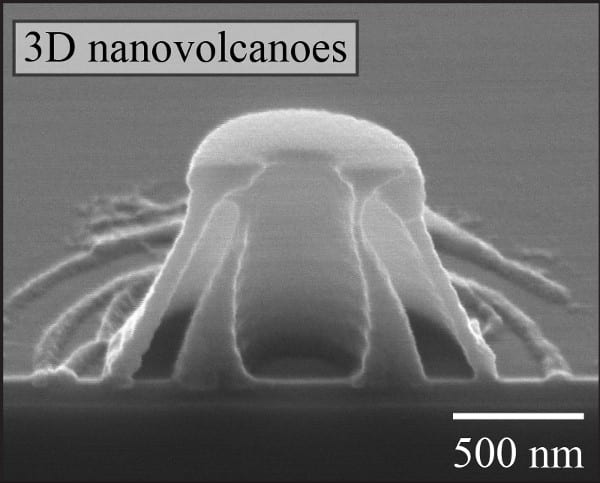Graphene can be made magnetic and its magnetism switched on and off very simply, opening a new avenue towards electronics with very low energy consumption.



Graphene can be made magnetic and its magnetism switched on and off very simply, opening a new avenue towards electronics with very low energy consumption.
19 research institutions and companies release results of three years worth of study on 16 different nanomaterials.

Underground civil engineering work for the X-ray laser European XFEL is complete for 2016 startup.

Korean researchers develop a new process for rendering paper and textile fibers conductive with aluminum.
Transaction is subject to the fulfillment of customary closing conditions including a required filing with the U.S. competition authorities.
Sensor aims to detect homemade explosives made with hydrogen peroxide without false positives from substances such as toothpaste.

An international research team has shown the unique ways in which heat dissipates at the tiniest scales.
Researchers at the University of Washington have created a material to make LED bulbs cheaper and greener to manufacture, driving down the price.

New nanostructures can store precise amounts of other materials and hold promise for new drug-delivery technologies.
Technique produces nanocrystals with consistent sizes, compositions and architectures.